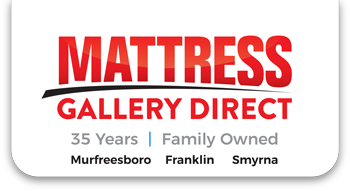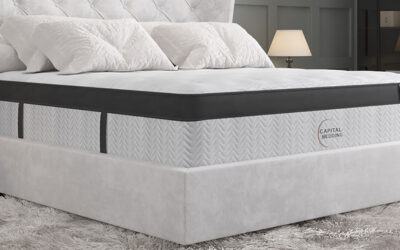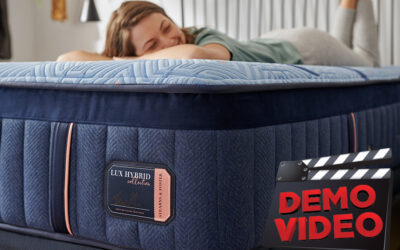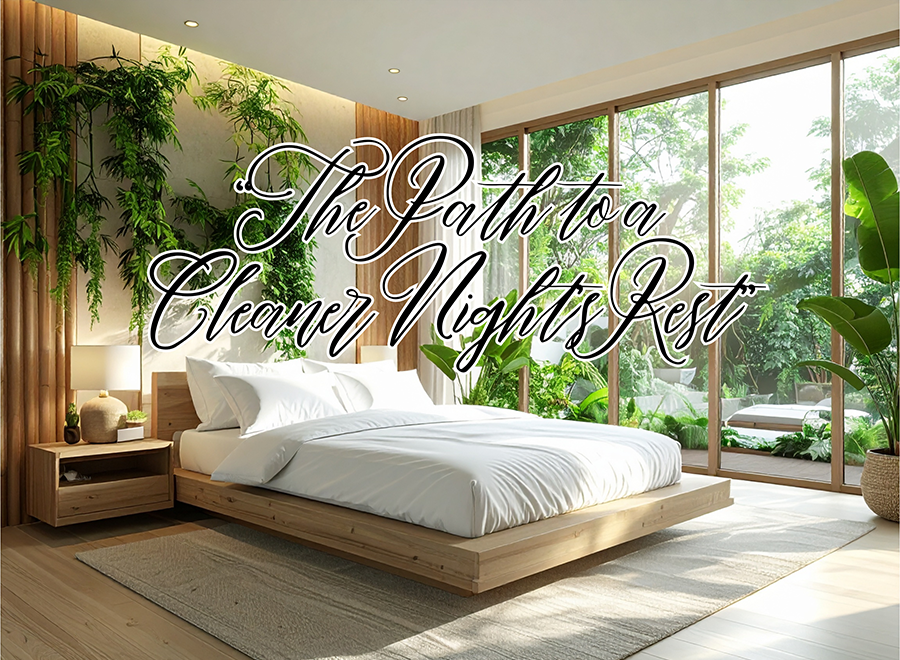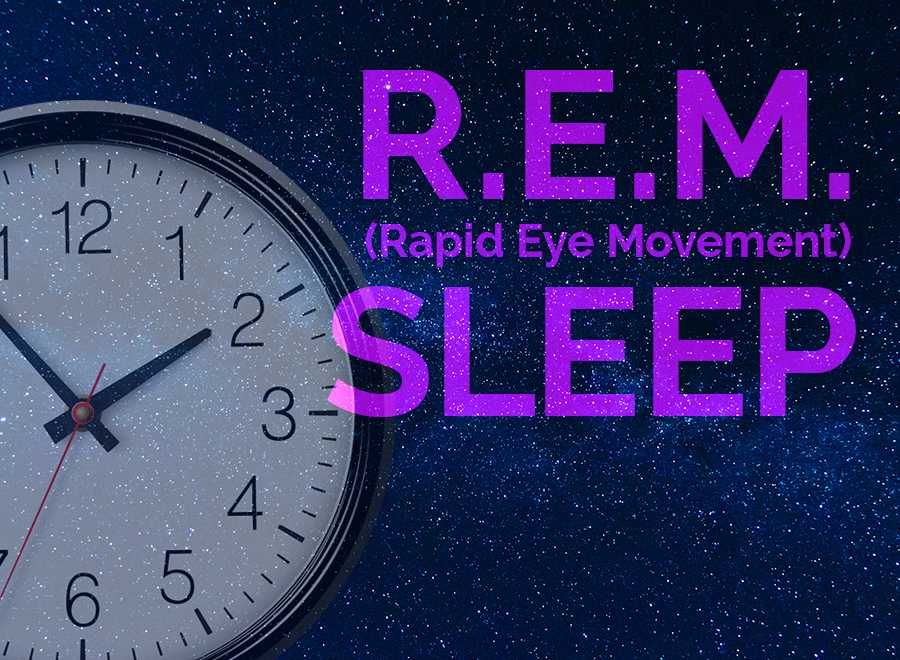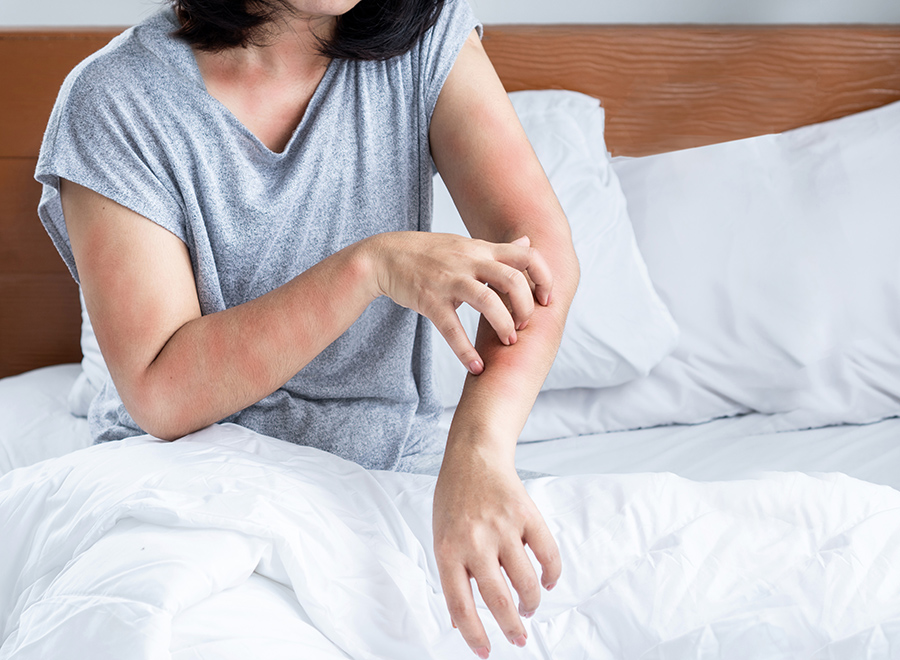How People Slept Before 1776
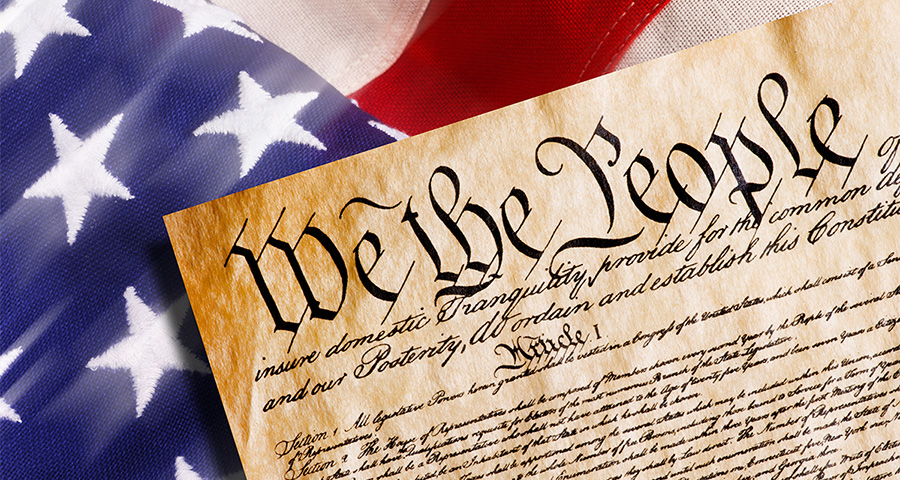
When you think about the year 1776, your mind probably jumps to powdered wigs, quill pens, and some serious parchment-signing. But before the ink dried on the Declaration of Independence, colonists had a more personal concern: Where the heck do I sleep at night?
That’s right. Before America became America, people still had to figure out how to get a decent night’s rest—without a king-size hybrid with cooling gel. So what did people sleep on in the pre-Revolutionary days? Well, buckle up (or, more accurately, tuck in), because mattress-making in the 1700s was a far cry from today’s plush, tech-infused beds.
Welcome to the 18th-Century Bedroom
Let’s set the scene. It’s the mid-1700s. You’re a colonist. Your internet is ALWAYS out, your clothes are itchy, and you’ve worked from sunup to sundown. You’re exhausted. Instead of collapsing into a memory foam cloud, you’re crawling onto a lumpy sack stuffed with whatever nature (or your barn) could spare.
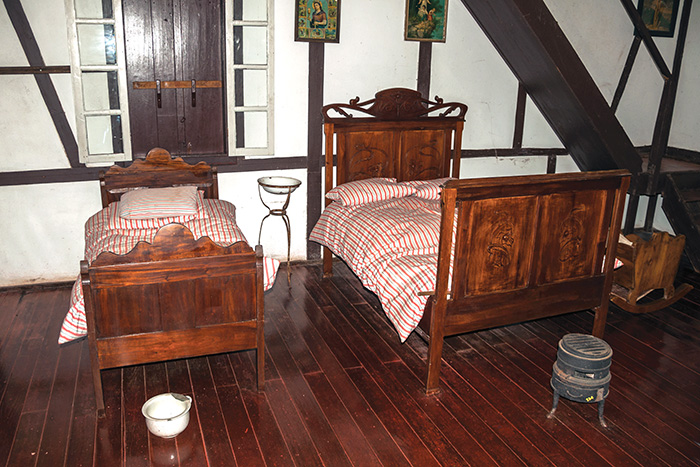
Celli07 – stock.adobe.com
Mattresses in the 18th century weren’t exactly mass-produced. In fact, most of them were homemade, often by the person who was going to sleep on them. Early mattresses—called “ticks”—were essentially large fabric bags that were stuffed with various materials depending on what you could afford or scavenge.
So What Were They Stuffed With?
Oh, let us count the ways…
STRAW:
The most common and cost-effective filler. It was cheap, plentiful, and unfortunately, crunchy. Imagine trying to fall asleep with your bed whispering sweet nothings like snap, crackle, pop all night long.
HAY:
Similar to straw, but with a higher likelihood of attracting mice. Romantic!
FEATHERS:
Now this was luxury. Featherbeds were soft and warm, and if you had one, it meant you were probably a person of means. But feather mattresses needed regular fluffing and attracted their fair share of dust mites. So… trade-offs.
WOOL:
Durable and insulating. Great for winter, a bit much for summer. Also, sheep smell. Enough said.
CORN HUSKS:
Believe it or not, this was a real option. Dried husks were somewhat soft, definitely noisy, and very rustic. Think: “autumn-themed Airbnb” but without the Instagram filter.
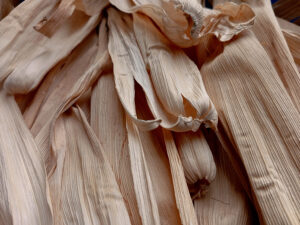
LEAVES, MOSS, or even SEAWEED:
If you lived near the coast or deep in the woods, you might get creative. It wasn’t about comfort—it was about not sleeping directly on the ground.
And What About the Bed Itself?
Colonial mattresses didn’t just sit on the floor. Most people used wooden bed frames with rope lattices stretched across them to support the mattress. But those ropes would sag over time, which meant they needed regular tightening.
This is where the phrase “sleep tight” comes from! It had nothing to do with bedtime affection and everything to do with making sure your bed didn’t collapse in the middle of the night.
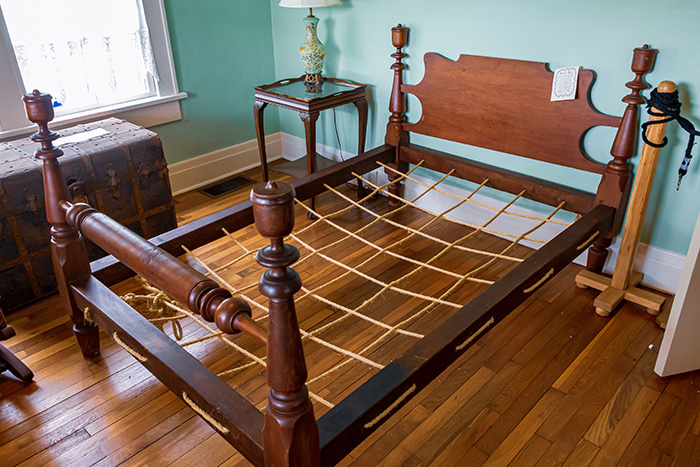
Sunshower Shots – stock.adobe.com
Let’s Talk Cleanliness
Washing a mattress? Ha! Good one. Mattresses back then weren’t cleaned in any modern sense. You’d take them outside, beat them with a stick, and let them air out. Maybe sprinkle in some herbs if things got especially funky. Bugs and rodents? That was just part of life. Your mattress wasn’t just a bed—it was also real estate for whoever decided to move in.
The Struggle Was Real (And Bumpy)
So while we today agonize over firmness levels and thread counts, pre-1776 folks were just hoping their bed didn’t poke, squeak, itch, or crawl. Was it cozy? Not really. But after a long day of churning butter, hauling water, and trying not to die of dysentery, any horizontal surface with a hint of softness probably felt like a dream.
Next time you plop into your fluffy mattress with layers of gel, microcoils, and NASA-approved foams, take a moment to appreciate how far we’ve come. Because in 1775, a “good bed” was a well-stuffed tick on a taut rope frame.
